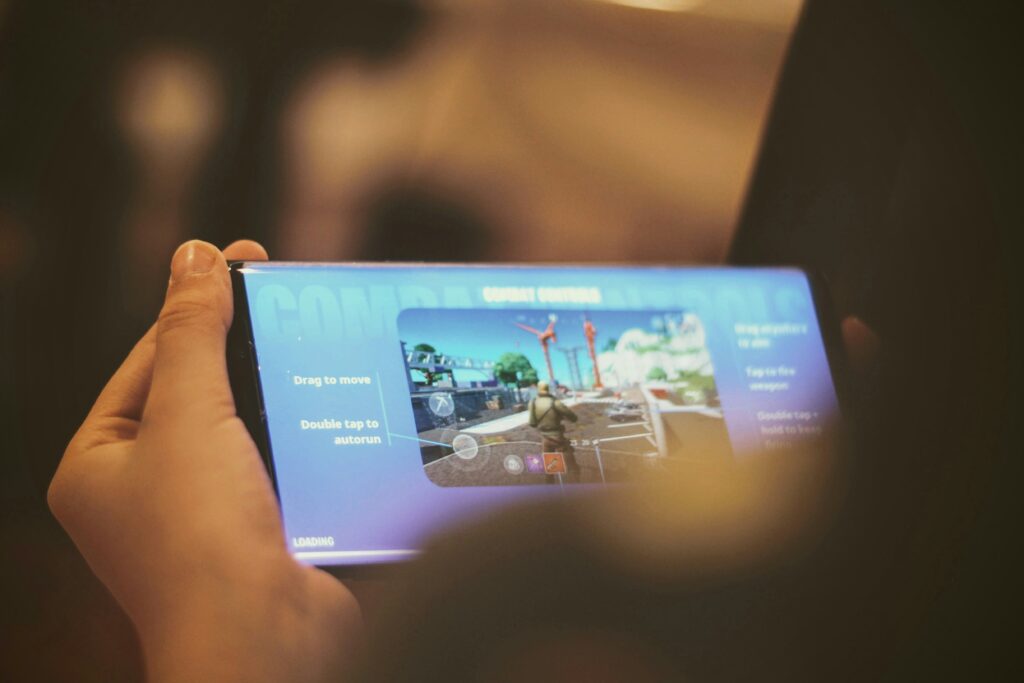The world of portable gaming is on the brink of a monumental transformation, with industry insiders buzzing about ‘Project Aurora,’ a groundbreaking handheld device developed by the mysterious yet highly anticipated tech firm, SpectraTech. While details remain scarce, early leaks and patents suggest Project Aurora will feature a true holographic display, offering a gaming experience unlike anything currently available on the market. Expected to be formally unveiled in late Q3 2025, with a potential market release by early 2026, this device promises to project interactive 3D visuals that extend beyond the physical boundaries of the screen, creating an unprecedented level of immersion.
At the heart of Project Aurora’s purported capabilities lies a sophisticated blend of cutting-edge hardware and proprietary software. Sources indicate SpectraTech has developed a custom-built System-on-Chip (SoC) specifically optimized for real-time holographic rendering, coupled with advanced light-field projection technology. This isn’t merely an augmented reality (AR) overlay; instead, it aims to create genuine volumetric images that can be viewed from multiple angles without specialized glasses. Dr. Anya Sharma, a theoretical lead R&D engineer rumored to be affiliated with SpectraTech, once spoke in an industry forum about ‘overcoming the pixel density and light diffraction challenges that have historically plagued true holographic projection.’ It’s believed that Project Aurora leverages a micro-LED array with dynamic pixel manipulation and highly advanced optical processors to achieve this feat, effectively shrinking laboratory-grade holographic technology into a consumer-friendly handheld form factor. Battery life, a significant concern for high-powered portable devices, is also rumored to be addressed through an innovative power management system and possibly a custom high-density, solid-state battery.
The advent of Project Aurora could send ripple effects throughout the entire gaming and consumer electronics industries. For gamers, the impact is immediately apparent: games could transcend flat screens, allowing players to interact with environments and characters as if they were physically present in their space. Imagine strategy games where you can literally walk around your holographic battlefield, or adventure titles where puzzles incorporate real-world surroundings via projected elements. This opens up entirely new gameplay mechanics and narrative possibilities, pushing developers to innovate beyond conventional 2D/3D paradigms. For competitors like Valve, Nintendo, and even mobile phone manufacturers, Project Aurora could force a re-evaluation of their portable gaming strategies, potentially accelerating investment in advanced display technologies and more powerful custom hardware. Beyond gaming, this holographic breakthrough could pave the way for new applications in education, design, and even professional visualization tools, demonstrating a broader utility for such advanced displays.
Industry experts are already speculating on the long-term implications. Dr. Kenji Tanaka, a renowned tech analyst specializing in emerging hardware, suggests, “Project Aurora, if it delivers on its promise, could be a paradigm shift for interactive media, much like the first smartphones revolutionized mobile computing. It’s not just a new gadget; it’s a new medium.” While initial adoption might be slow due to potential premium pricing and the need for developers to create content specifically for holographic displays, the sheer novelty and immersive potential could eventually drive mainstream success. Future iterations could see Project Aurora integrating advanced AI for dynamic holographic environments or seamless integration with home entertainment systems, blurring the lines between physical and digital worlds even further. The journey from concept to consumer reality for such a device is fraught with challenges, yet the potential rewards for innovation are immense.
As we look to the horizon of **next-gen handheld gaming**, Project Aurora stands as a beacon of what’s possible when innovation meets imagination. While we await official confirmation and detailed specifications, the mere prospect of true holographic displays in a portable device ignites excitement for a future where our games leap off the screen and into our lives. This groundbreaking technology promises not just a new way to play, but a new way to experience digital worlds altogether.
For more insights into the evolution of portable gaming, check out our article on The Evolution of Portable Gaming Consoles. You can also read more about current trends in portable gaming technology at The Verge’s Tech Innovation News.

